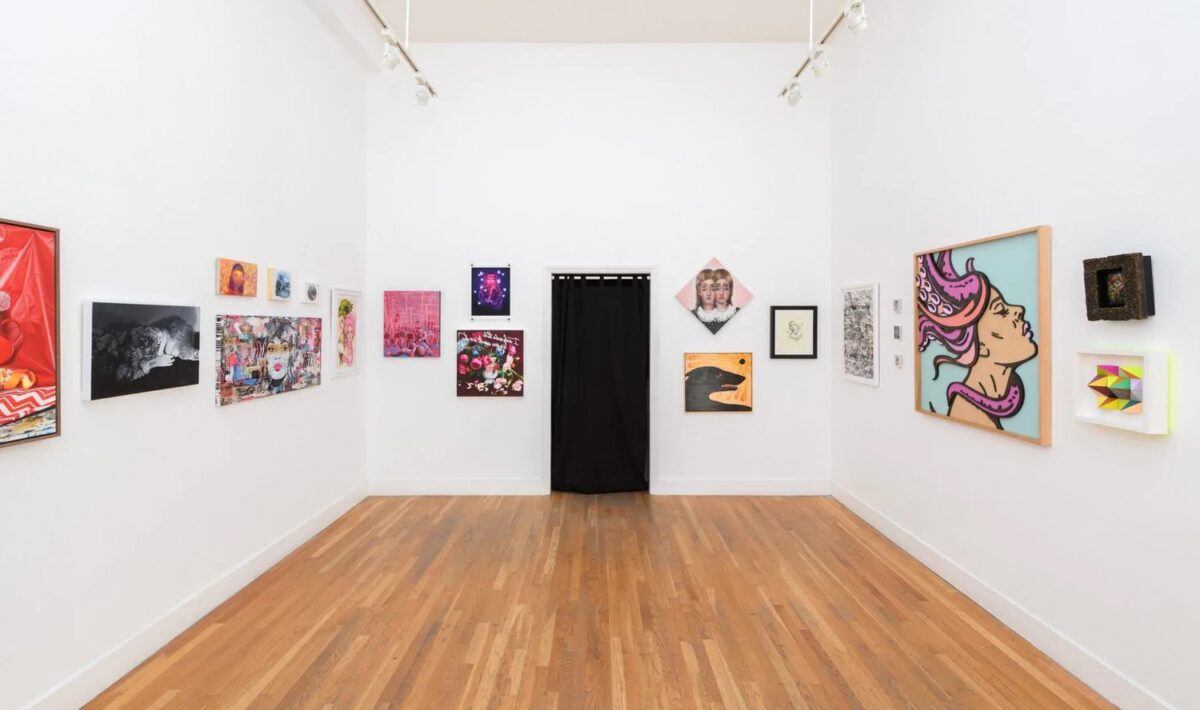Pricing your artwork is often one of the trickiest steps of the art selling process. It’s not a standard formula with fixed costs, and every artist has their own audience, target market, and pricing strategy. There is no right or wrong way to price your work – it comes down to what kind of impact you want to make. In this blog post we give you some great tips on how to set a price for your artwork. Whether you’re new to the art world or just new to selling your art, these tips offered by Chicago-based artist David Berkowitz will help you figure out what sort of value different types of art have in the broader marketplace and how much money you should ask for them in return.

Know Your Audience
At the heart of pricing your artwork is knowing your audience. By understanding your typical audience member, you can anticipate the sort of impact your work will make on the world. The first step is to figure out who you want to buy your art: What sort of person is likely to be interested in buying it?
As David Berkowitz Chicago explains, art buyers usually fall into one of three categories:
– Investors – people who buy art purely as an investment. They are interested in what the art will be worth in the future, but they have no interest in actually owning it.
– Collectors – people who buy art as a way of expanding their own personal collection. They are more interested in owning the art than in what it is “worth.”
– Art lovers – people who purchase art as a way of supporting other artists, especially those who make work in their chosen medium. They are interested in getting something they love and being part of a community.
This is by no means a comprehensive list, but it can give you a good starting place for figuring out who your audience is. The next step is to learn more about the types of people in these categories so you can better understand the value they place on your artwork.
Research the Market
Another important aspect of pricing your artwork is researching the broader art market so you can understand how much similar pieces are selling for. You can do this by visiting a local gallery, visiting online art selling platforms like Saatchi Art or Artsy, or even doing a Google search for “art selling platform” to find a site with a wide selection of art to help you get a rough idea of what sort of prices similar pieces are going for. The prices of art in real life and online will vary depending on the gallery or website you look at. This will give you an idea of how much certain types of art sell for, which can help you set a price for your own work based on its perceived value.
Set a Price Based on Branding
Another thing to consider when pricing your artwork is to think about how you want to brand yourself as an artist. There are a lot of different ways to go about this. For example, you can set a fixed price for all of your pieces – a method that works best if you have a number of similar pieces of art. Alternatively, you can price your pieces based on how much time and materials they cost you. This is particularly useful if you have a single artwork that is very intricate and time-consuming.
When choosing how to price your work, remember that you can always change it later. If one method isn’t bringing in the sales you desire, you can always try something new. It’s important not to get too caught up on finding the one perfect price for all your pieces – especially if you’re just starting out as an artist, adds naïve painter David Berkowitz Chicago.
Estimate the Costs of Producing the Artwork
One important thing to keep in mind when pricing your artwork is how much money it cost you to produce it. You need to account for all the materials you used to create the piece, as well as any studio or equipment rental costs, any hired help (if applicable), the cost of transportation to get it to the gallery or online marketplace, and any other associated costs. You also need to consider how long it took you to produce the piece. If you needed a long time to produce the artwork, you might need to charge a higher price to make up for the time you spent working on it.
Take into Account the Value of “Exposure”
One aspect of pricing your artwork that is often overlooked is the value of “exposure” you will receive from selling your pieces at a lower cost. While it might be tempting to charge more than you need to in order to make a bigger profit, remember that the end goal of selling your artwork is to expand your reach as an artist. Exposure is a valuable commodity, and the more people that see your work, the more likely it is that you will make a sale. It’s important to keep in mind that the higher your prices are, the fewer people will be able to buy your pieces.
Conclusion
Pricing your artwork is something that you will need to keep adjusting over time. This is especially true if you are just starting out as an artist. At first, it can be helpful to price your work at a lower cost to help build up your fan base. But as your fan base grows, you will likely want to raise your prices to increase your profit margin. The important thing is to remember that there is no right or wrong way to price your art. It comes down to what sort of impact you want to make as an artist and how far you are willing to go to make that impact.

